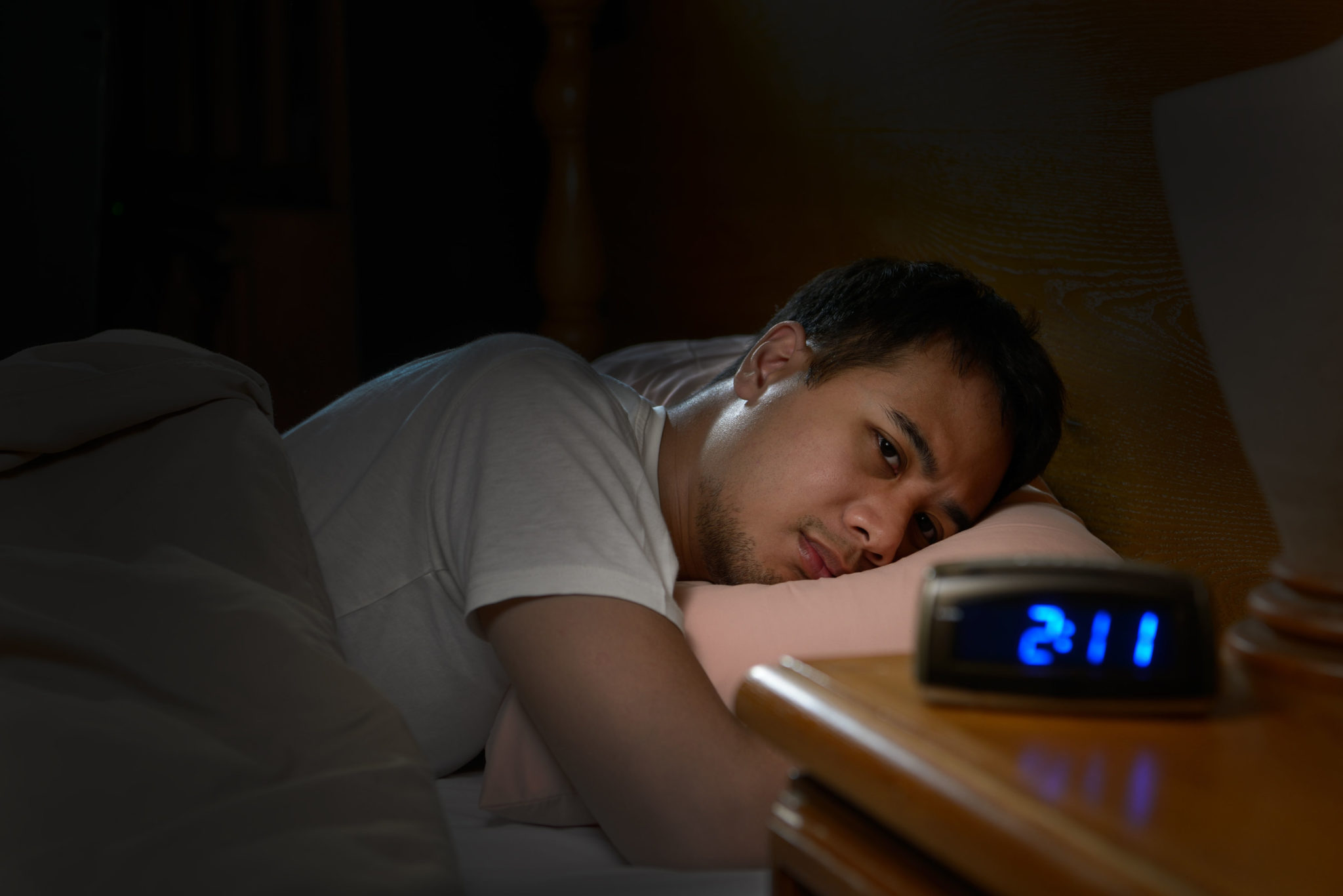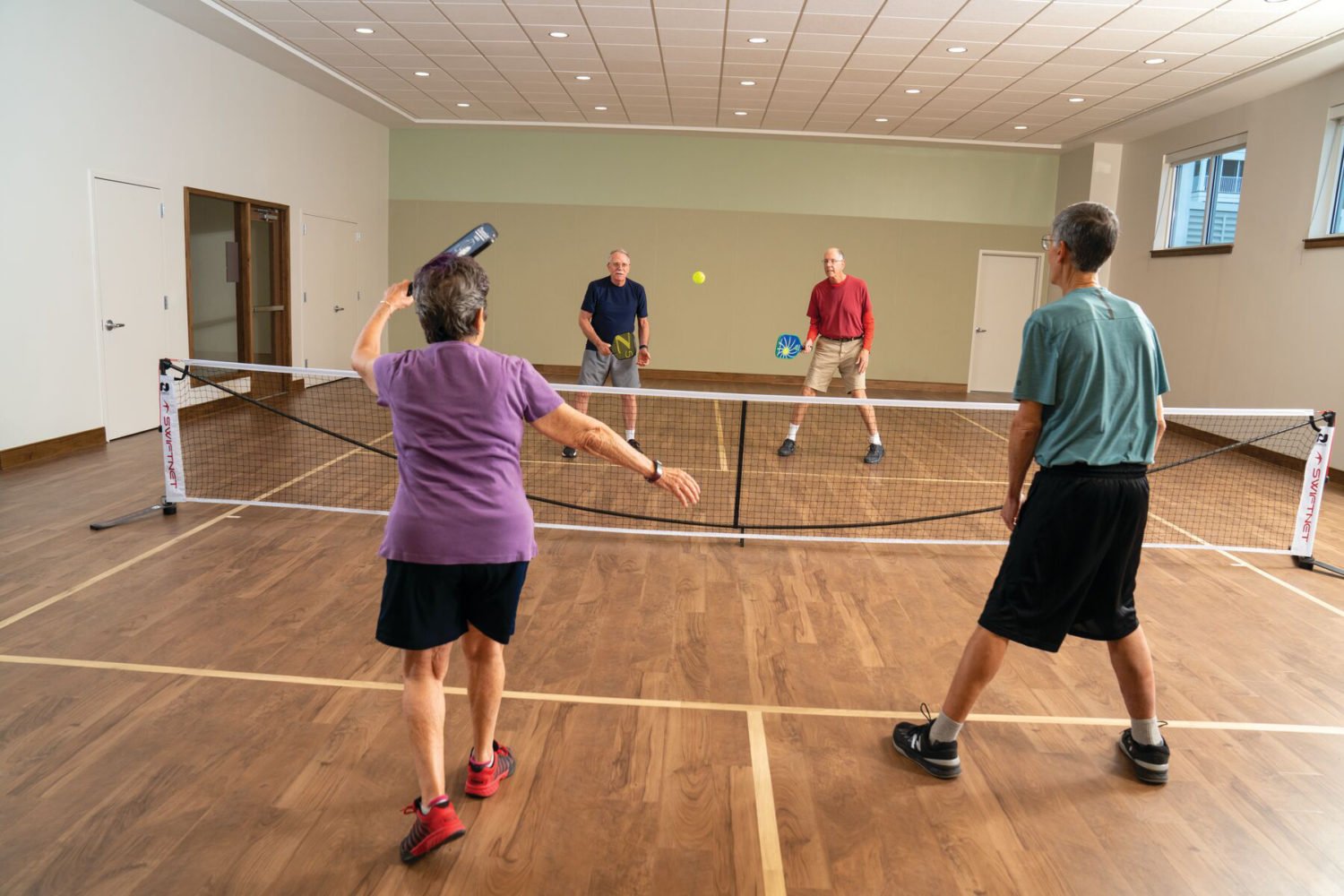Mass shootings, Covid’s persistence, violence in Ukraine—there’s a lot to lose sleep over these days. And, indeed, people have.
Since the beginning of the pandemic, 56 percent of Americans say that they’ve experienced what’s been coined “Covid-somnia”—struggling to sleep, often because of the stress surrounding the pandemic, according to a 2021 survey by the American Academy of Sleep Medicine.
“But I think it’s not just Covid-somnia at this point,” says Fariha Abbasi-Feinberg, an AASM board member and sleep specialist in Florida. “The world is a very unstable place right now. There are so many news stories people find disturbing that it really has increased anxiety and depression levels. There’s a relationship between insomnia and anxiety and depression, so I think that’s one of the main reasons we’re still seeing so many patients.”
It’s a trend that Dina B. KiaNoury, a pulmonologist specializing in sleep disorders at Georgetown University Hospital, attests to here in Washington.
“We’ve seen a tremendous increase in not just insomnia patients but patients with sleep apnea, too,” says KiaNoury. “And there are lots of reasons for that.”
Aside from the psychological stressors leading to insomnia, she points to pandemic weight gain—a.k.a. “the Covid 15”—which puts people at risk for developing sleep apnea.
Then there’s the fact that Covid upended our schedules. Suddenly we weren’t commuting twice a day (and many of us still aren’t), were spending less time outdoors, and were eating meals irregularly throughout the day. All of that threw off our circadian rhythms, the mental and physical behaviors that follow a 24-hour cycle and are essential to regulating sleep.
“During the pandemic, a lot of people fell into bad habits,” says KiaNoury, who also points to a rise in alcohol and marijuana use, both of which—you guessed it—can affect sleep.
A Pre-Covid Dilemma
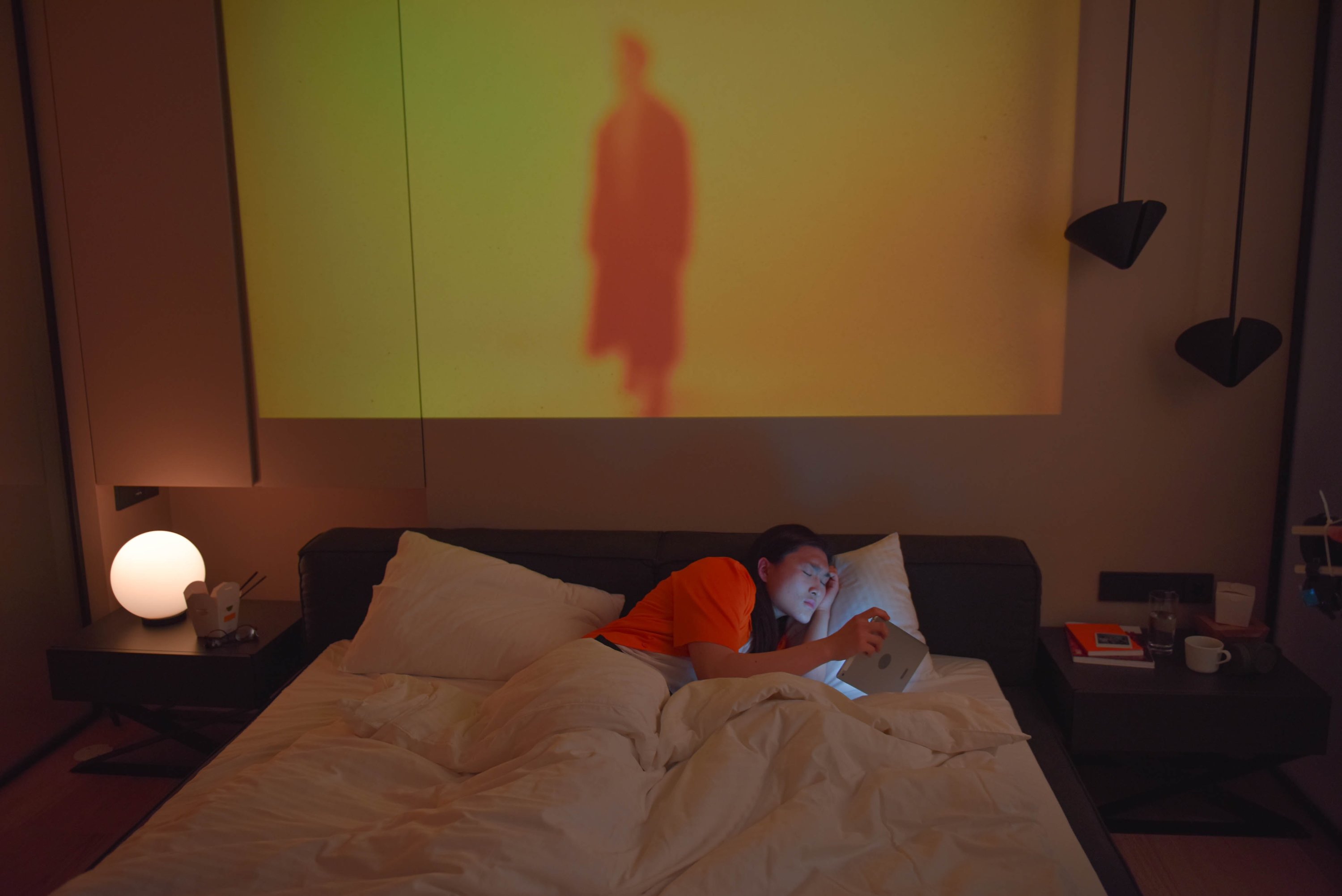
The pandemic and recent events aren’t entirely to blame. Our nightly z’s had already been declining. You could even say it began with the popularization of electric light a century ago, explains Colin Espie, a professor of sleep medicine in the Nuffield Department of Clinical Neuroscience at the University of Oxford. “Historically, people would have tended to follow the day and night cycle,” Espie says. “Because you couldn’t stay up and work late, you couldn’t work 24-7. There weren’t the facilities to do that, so people tended to live a bit more in harmony with nature.”
The internet has further facilitated emailing and working by moonlight—or in this case, blue light, which sends an “awake” signal to the brain.
Adding fuel to the fire is the way Americans prioritize work over sleep—and are often praised for it, especially in a city as achievement-oriented as Washington. “It’s almost like a badge of honor,” says Abbasi-Feinberg, “that the less sleep you need, the better off you are, or the smarter you are or something. And it shouldn’t be that way.”
Let’s not forget an even more alluring reason to stay up: round-the-clock entertainment at our fingertips. “We call it the Netflix phenomenon,” Abbasi-Feinberg says. “People start watching the show, and before they can break—boom, it goes into the next episode.”
The upshot? Between 1985 and 2012, the percentage of US adults sleeping six hours or less—instead of the recommended seven to nine—increased by 31 percent, according to the Centers for Disease Control and Prevention.
By 2013, the CDC had declared sleeplessness a public-health epidemic.
Getting Back to Bed
Just as the pandemic forced us to reevaluate our careers, could it also be making us reassess our relationship to sleep? The specialists we spoke to sense that it is. Or, at the very least, there’s a growing understanding of how lack of sleep can affect health.
“If you look at health as being a three-legged stool,” says Abbasi-Feinberg, “nutrition, exercise, and sleep all go hand in hand in keeping people well.” But while nutrition and exercise are often in the spotlight, sleep tends to take a back seat, despite the fact that adults can face a litany of health consequences.
Too little shuteye can lead to cardiovascular problems; a weakened immune system; higher risk of obesity and type 2 diabetes; impaired thinking and memory; and mental-health problems. These can, in turn, impact sleep. It’s a vicious cycle in which sleeplessness can spur disease, which can spur sleeplessness, and so on.
How can you tell the difference between a week of bad sleep and a sleeping disorder?
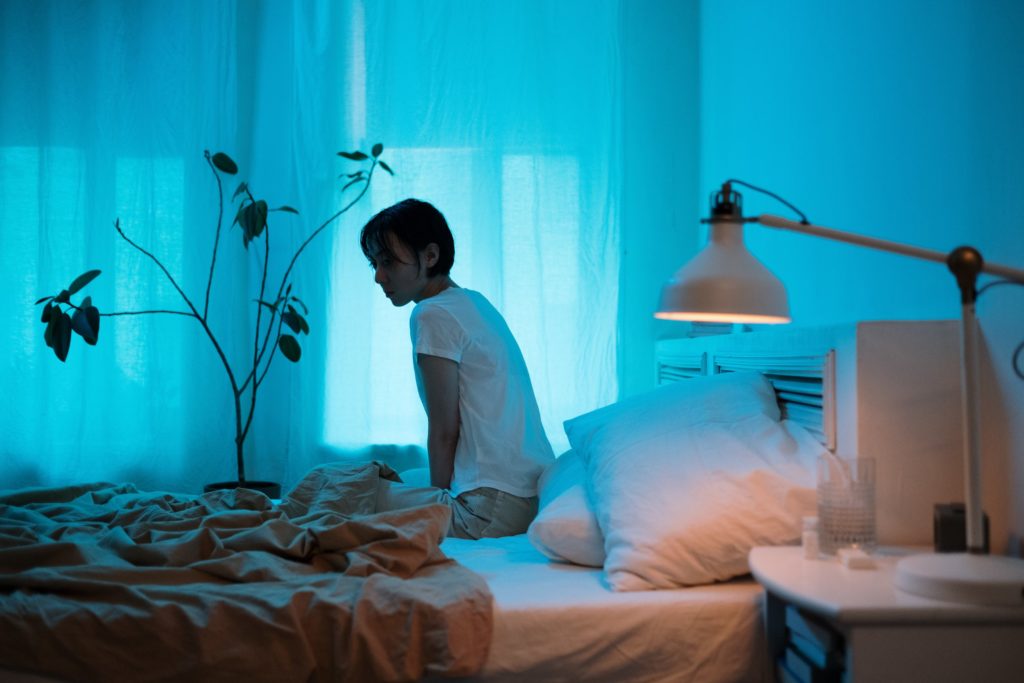
“An occasional bad night is not an issue,” says Abbasi-Feinberg. “We all have episodes of sleeplessness. It becomes a problem when it happens consistently.”
Difficulty for at least three nights a week for three months is typically the threshold used to determine whether it’s a chronic problem. “At that point, the person should be trying to get an appointment with a sleep specialist, or at least see their primary-care physician, to find out if there’s something that they can do,” says KiaNoury.
Don’t expect to be hooked up to sleep machines or dished benzodiazepines right off the bat. If you have insomnia, you’ll likely first receive an education on proper “sleep hygiene,” a term for all the habits, behaviors, and environmental factors that we can adjust for a good night’s sleep, such as keeping a bedtime routine, absorbing morning sunlight, and keeping your bedroom cool and dark. (See tips on page 81.)
“I honestly find that with some behavioral changes, most people do really, really well,” says Abbasi-Feinberg.
What if you’re the perfect sleep-hygiene pupil and still suffer from insomnia? “That’s the time where they should be seeing a certified sleep behaviorist,” someone trained in cognitive behavioral therapy (CBT) to treat insomnia, says Abbasi-Feinberg.
CBT for insomnia—often shortened to CBT-I—helps patients identify thoughts, feelings, and behaviors contributing to sleeplessness. According to several studies, CBT-I is just as effective as, and perhaps longer-lasting than, sleeping pills, which can form dependency, aren’t intended for long-term use, and can cause daytime sleepiness. In fact, in April 2019, the FDA announced stronger warning labels on sleep medications such as Ambien, due to potentially dangerous side effects. The American College of Physicians now recommends CBT-I as “the first-line treatment” for insomnia.
There’s just one issue.
“The problem is that there are so many people having sleep disturbances right now that it’s a very long waiting list to get in to see a specialist,” says KiaNoury—not to mention someone trained in CBT-I.
As of 2017, the ratio of sleep specialists to the general population was 1 to 43,000. For perspective, an area with a ratio of people to psychiatrists greater than or equaling 30,000 to 1 could be classified as a mental-health-shortage area by the Health Resources & Services Administration.
Compounding that are the high costs associated with the therapy. “CBT-I can be expensive and not covered by insurance,” says KiaNoury. “But it doesn’t take more than about six or seven sessions, so that is a positive.”
Yes, There’s an App for That
And more positive news: Like other health fields, sleep medicine has jumped aboard the telehealth train. Beyond connecting patients to CBT-I–trained specialists, some providers are offering treatment for insomnia via apps.
Espie helped design one of them, Sleepio, with the digital therapeutics company Big Health. Intended to be completed in six weeks, Sleepio includes a diary to track sleep patterns and weekly interactive sessions with a cartoon therapist, called “the Prof,” whose artificial intelligence guides users through CBT-I practices.
Before you laugh at the idea of a cartoon therapist, Espie’s creation has had promising outcomes in 12 randomized control trials—to the point that the app can now be “prescribed” by doctors in the UK after the country’s National Institute for Health and Care Excellence gave it the nod as an effective alternative to sleeping pills. On this side of the Atlantic, CVS Health recently began offering Espie’s app to its Caremark patients who fill a common mental-health prescription such as Ambien or Xanax.
It’s not the first commercially available CBT-I–related app: Shuti, Sleeprate, CBT-I Coach, and Night Owl are a few others that have undergone scientific study. Even so, Sleepio’s backing by CVS and the UK’s National Health Service is a promising sign in an industry that had a breakout year in 2021. Digital-therapeutics startups raised $29.1 billion last year, according to the digital-health venture fund Rock Health.
“Although insomnia has gotten worse, there’s an emergence of digital therapies that can address it,” says Espie. “We just need to make sure people get something that works.”
Whether these apps are more effective than face-to-face CBT-I, or equally so, is up in the air, according to one study that pointed to two potential downsides: overgeneralized advice and lack of adherence. After all, it’s easier to slack off when your therapist is a bot.
Still, KiaNoury and Abbasi-Feinberg are happy to welcome more affordable and accessible options.
“Sleep is the great equalizer,” says Abbasi-Feinberg. “We all have to sleep, and there’s no way around it.”
Nine Tips for a Better Night’s Sleep
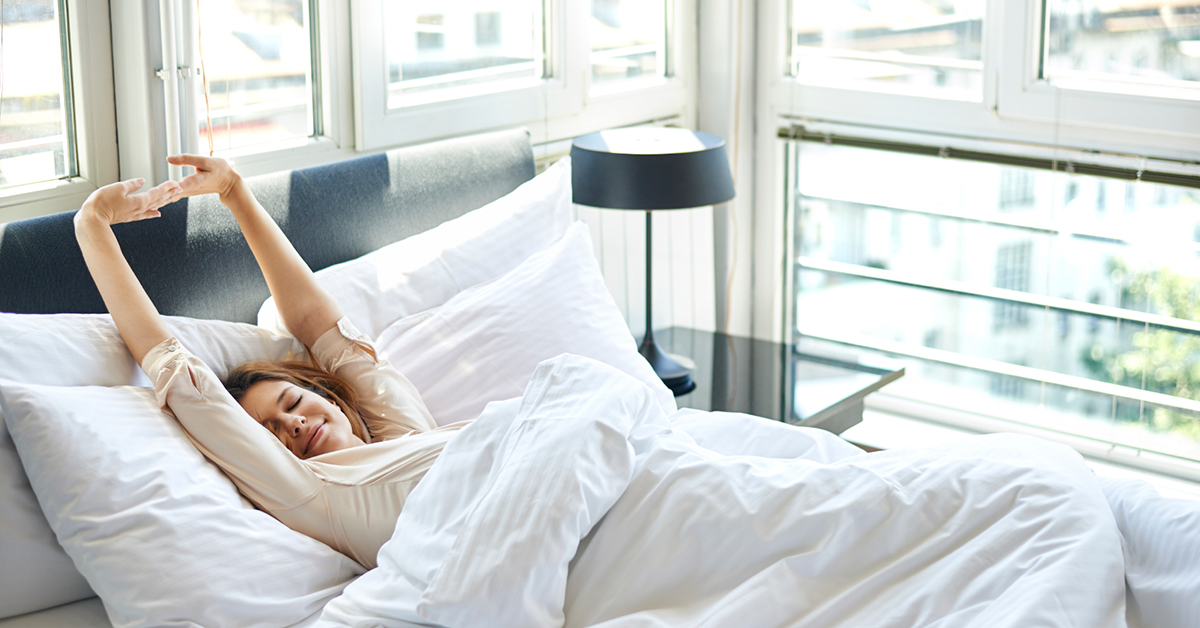
Invest in What’s Comfy
You spend nearly a third of your life on a mattress and under sheets, so why cut corners? Buy whatever you find most comfortable, whether memory foam or Egyptian cotton.
Yes, Seven to Nine Hours Is the Gold Standard, but You Could Be Different
Some people need more than seven to nine hours of sleep, and others need fewer. However, if you’re sleeping ten or more a night and are still drowsy, you might have another underlying problem, says pulmonologist Dina KiaNoury.
Soak in Morning Sunlight
“I tell patients to wake up around the same time every morning and expose themselves to bright sunshine, because that light in the morning helps set your biological clock,” says Fariha Abbasi-Feinberg, a physician specializing in sleep medicine. “What you do in the early morning often determines what your next night is going to be like.”
Wake Up at a Consistent Time, Even on Saturdays
“The human body functions best on schedules,” says Abbasi-Feinberg. “If somebody has a bad night, they’ll often sleep in the next morning to ‘make up for lost sleep.’ All that does is set you up for problems the following night, so I have to tell folks, ‘Even if you have a bad night, you still get out of bed at the same time every morning.’ ”
Don’t Toss and Turn
If you can’t sleep, get out of bed and focus on something relaxing, like reading a book or meditating until you feel sleepy again. “The more time you’re in bed and not sleeping, the more stressed you end up getting about the fact that you’re not sleeping, and the more you’re training your body that your bed is the place where you don’t sleep,” says Abbasi-Feinberg.
Keep Things Cool, Dark, and Quiet
The sleep experts we consulted recommend setting your thermostat at 60 to 68 degrees overnight.
Insomniacs Should Avoid Naps
For some, a 20-minute snooze is a great way to refresh during an afternoon slump. However, if you have trouble sleeping at night, you should avoid napping during the day, say experts.
Have a Routine
“Part of getting ready for bed is not just getting into your jammies,” says professor of sleep medicine Colin Espie, who recommends a steady routine—showering, say, or gentle stretching—that signals to your mind that it’s bedtime.
Find What Works for You
White noise, a sleeping mask, lavender pillow spray—everybody is different, and the sleep inducers that work for others may not do the trick for you. Experiment until you find your z’s.
This article appears in the August 2022 issue of Washingtonian.

